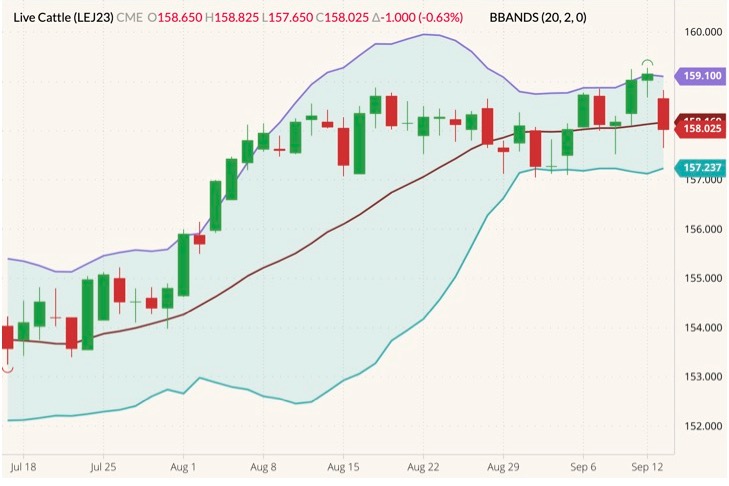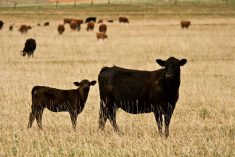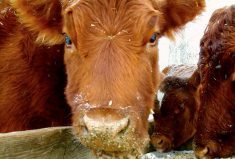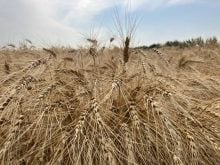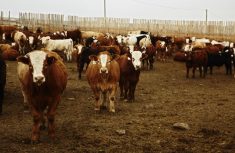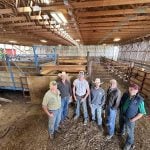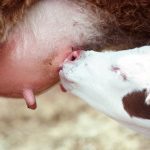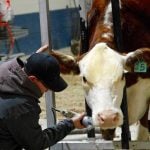Compared to last week, western Canadian yearling markets traded steady to $3 higher on average. Quality yearling packages of larger volume traded $2-$3 above week-ago levels. The calf market is becoming more defined. Larger calf volumes were on offer in Saskatchewan and Manitoba but smaller numbers were noted in Alberta. Therefore, we can’t accurately compare week-over-week prices for calves.
Strength in April 2023 and December 2023 live cattle futures has contributed to strength in the nearby cash feeder market. Stronger buying interest was evident on feeders weighing between 650 and 800 lbs. to market fed cattle during the February through early April timeframe. The yearling run has passed the halfway mark and finishing feedlots are anxious to secure volume before supplies dry up in October. The weather has been excellent for bringing in fresh replacements and the seven-day forecast looks optimal. The premium for full vaccinations and health data has been negligible. The yearling market was relatively flat this week across the Prairies. There appeared to be Ontario demand lifting values in the eastern Prairie regions for yearlings and calves.
Read Also

U.S. grains: Soy hits four-month high on hopes for China trade deal
U.S. soybean futures jumped to their highest level in more than four months on Monday on hopes that China will resume buying American supplies after President Donald Trump said the countries were set to reach a trade deal during his trip to Asia this week.
South of Edmonton, a smaller group of larger-frame mixed steers with full health records fresh off grass averaging 1,040 lbs. were valued at $220. In the Lethbridge area, Simmental-based steers off grass averaging 900 lbs. were quoted at $237 and similar-weight and -quality heifers notched the chart at $216. Northwest of Winnipeg, a small group of Angus-based steers coming straight off pasture weighing 825 lbs. dropped the gavel at $252 and Simmental heifers averaging a shade under 900 lbs. were quoted at $217.
In central Alberta, Hereford-based steers weighing 780 lbs. were quoted at $255 and mixed heifers averaging 750 lbs. were recorded at $235. Southeast of Saskatoon, a small group of 710-lb. Charolais steers were quoted at $262.
Northwest of Winnipeg, a smaller group of 620-lb. weaned black steers weighing 620 lbs. were quoted at $278 and black heifers weighing 630 lbs. were valued at $247. In central Saskatchewan, a smaller group of tan mixed steers weighing just over 500 lbs. reached up to $305 and similar 535-lb. black mixed heifers were quoted at $245.
In southern Alberta, calves weighing between 400 and 500 lbs. were priced in the range of $380 to as high as $325 and similar-weight heifers traded from $250 to $275.
Barley prices are starting to percolate higher as more feedlots switch over from U.S. corn to barley. The barley harvest has wrapped up in southern Alberta and larger operations are sourcing from farther distances. This may be tempering the upside on 800-plus-lb. yearlings.
— Jerry Klassen is president and founder of Resilient Capital, specializing in proprietary commodity futures trading and market analysis. Jerry consults with feedlots on risk management and writes a weekly cattle market commentary. He can be reached at 204-504-8339 or via his website at ResilCapital.com.


